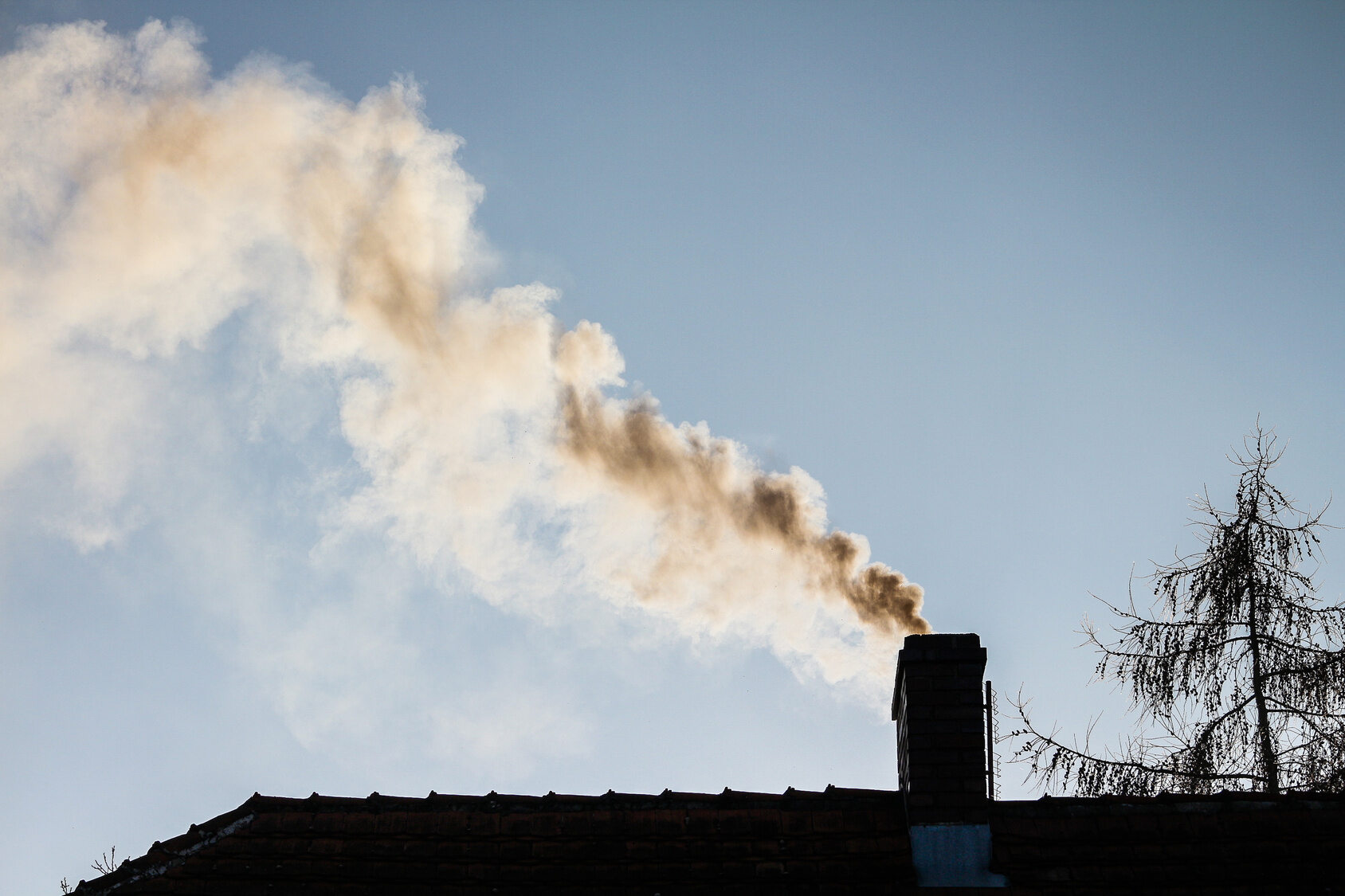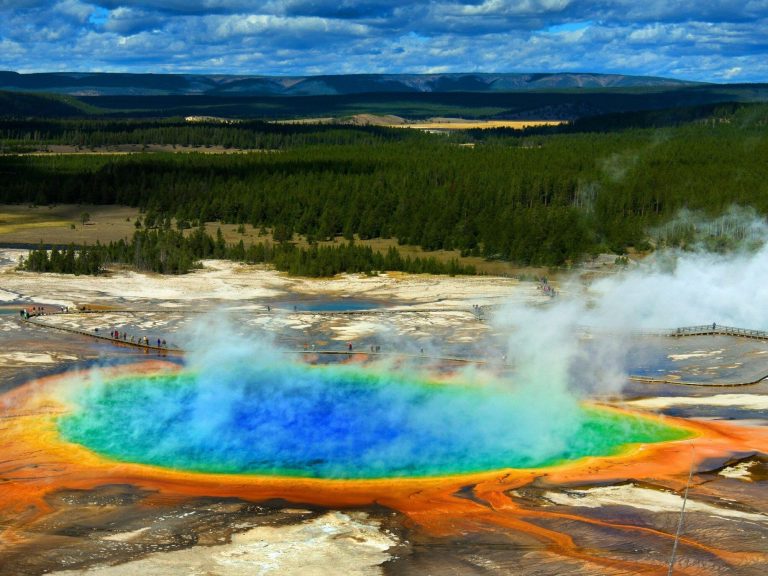Houses with a complete ban on carbon dioxide emissions. The EU directive was amended

All buildings in the European Union are to be decarbonized by 2050.
This is the goal of the amended EU directive on the energy performance of buildings (EPBD), which Poland should enter into force by March 10, 2020. Meanwhile, in our country only 1 percent single-family buildings are energy-efficient, and almost 70 percent is heated with coal and requires modernization. Experts argue that to achieve this goal, it is necessary to increase the scale of thermal modernization to a minimum of 3%. This requires effective implementation of regulations and increased public awareness.
– The aim of the directive on the energy performance of buildings is to help decarbonize building resources by 2050. According to the assumptions, in 2050 the construction sector should not emit carbon dioxide but be neutral – reminds Dr. Eng. in an interview with the Newseria Biznes agency. Szymon Firląg from the Faculty of Civil Engineering at the Warsaw University of Technology, representative of the Buildings Performance Institute Europe in Poland.
New regulations already this year
Member States have until March 10, 2020 to implement the revised Energy Performance of Buildings Directive. According to the new regulations, houses built after December 31, 2020 are to be buildings with almost zero energy consumption (so-called NZEB, i.e. nearly zero energy building).
– A long-term strategy is crucial to achieving the goals of this directive. Therefore, it is important for the government to prepare a strategy that will realistically combine the energy efficiency of buildings with the comfort and climate inside – emphasizes Adam Ambrozik, Corporate Affairs Director of VELUX Polska.
According to the fifth edition of the “Healthy Homes Barometer”, which was created on the initiative of the VELUX Group, in accordance with the recommendations of the World Health Organization (WHO), buildings with an unfavorable climate are called “sick buildings”, where more than 30 percent people complain about bad conditions. It is estimated that 10-30 percent objects belong to this group. One in three European children lives in an unhealthy home. In Poland, the problem affects approximately 1.5 million children. In children living in poor housing conditions by 25%. the risk of childhood diseases and diseases in later years increases. Excessive humidity, lack of light or low temperatures can lead to serious diseases. Up to 25 percent deaths of children under five years of age are caused by environmental pollution. Modernization of older single-family houses is therefore a necessity.
– These buildings are of poor quality, consume a lot of energy, and are the main source of smog, i.e. air pollution caused by low emissions – points out Dr. Szymon Firląg.
– There is a close connection between the energy efficiency of a building and the climate and quality inside it. By improving energy efficiency, we not only reduce air pollution and smog, but also improve quality, comfort, and thus health – adds Adam Ambrozik.
70 percent houses are heated with coal
While public buildings and multi-family buildings have largely been modernized, the condition of single-family houses remains a problem. In Poland, up to 70 percent of them are heated with coal, and only 1% can be considered energy-saving. As a result, according to the “National Air Protection Program until 2020”, the share of households in the emission of PM10 and PM2.5 dust is approximately 40%, and in the emission of benzo(a)pyrene – 78%.
– Single-family buildings were left to themselves for many years, there was no program dedicated to them. There is also the misunderstood sense of freedom that I can smoke whatever I like in my single-family home, no one imposes obligations, restrictions or regulations on me. As a result, the condition of single-family buildings is poor, 70 percent requires thermal modernization, renovation, and replacement of old coal boilers – says Szymon Firląg.
The Directive on the energy performance of buildings indicates what tools are necessary to carry out thermal modernization of buildings. This includes: educational campaigns, individual assistance, and in new buildings – more legible energy performance certificates.
– Even the best regulations must be practically implemented by those directly interested to achieve their intended goals. A long-term building renovation strategy is needed. Only a long-term approach to the objectives arising from the EPBD directive has a chance of bringing about the effects stipulated therein – emphasizes Adam Ambrozik.
First of all, financial support is important. An example is the government’s Clean Air program, which is intended to reduce dust emissions by replacing old solid fuel furnaces and boilers and thermal modernization of single-family buildings. By 2029, 4 million houses, i.e. approximately 80 percent, are to undergo such modernization. resources. To maintain this commitment, at least 3% should be modernized each year. single-family buildings, and according to the expert, today this percentage is 1%. Therefore, it is necessary to intensify actions.
– While we have a system of incentives, e.g. in the form of the Clean Air program or thermal modernization relief, the system of penalties is very weak. Most of them are theoretical, only on paper, often municipalities control certain things, but do not issue fines because they have no basis. There is a lot to do here. For the directive to bring the expected effects, mainly in terms of decarbonization, we must implement these provisions in such a way that they are functional, effective and acceptable to people – emphasizes Szymon Firląg.
Severe penalties
Currently, fines for conscious air pollution, e.g. by burning garbage, may reach PLN 5,000. zloty. The city police can theoretically enter the house and send a sample of the ash to the laboratory, but this does not deter many people. That’s why education is so important.
– Decarbonization aims to reduce carbon dioxide emissions and stop global warming. From Poland’s point of view, this is intended to reduce the emission of pollutants from the construction sector, so that there is no dust, benzo(a)pyrene, sulfur oxides, nitrogen, and pollution – explains Szymon Firląg. – Educating the public is about showing that these regulations are not against us, it is not some stupid bureaucracy. As a result of wise implementation of the directive, we will live in a healthier environment.






